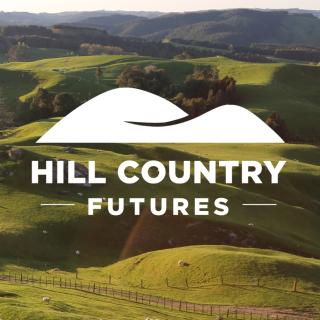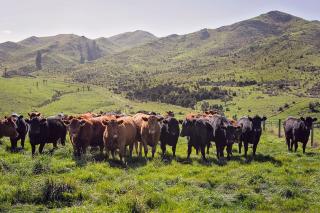Search results
Displaying 61 - 70 results of 202
- … agricultural emissions from being priced in the Emissions Trading Scheme (ETS). The Government intends to put a price on agricultural emissions by 2030, which B+LNZ has long argued against. What B+LNZ is doing We commissioned a … ways. One of the key implications of this research is that New Zealand is out of step globally in looking to put a price on agricultural emissions from food production. Rather than pricing agricultural emissions, the majority of … heavily in R&D technologies to reduce agricultural emissions. This means that if New Zealand farmers were to face a price on emissions from ruminants, they will face significant competitive disadvantage as our competitors spend billions …
- Concerns over exotic carbon forests go mainstream …

- Over 30 million Chinese consumers learn about the NZ grass-fed difference …

- VideoHill Country Futures: lucerne at Willesden – productivity compared with grass-based pastures …

- Over 81m Chinese consumers learn about NZ grass-fed beef and lamb …

- We help ensure the story of our world-leading beef and lamb is told internationally and domestically, so consumers can feel confident that buying New Zealand beef and lamb is the right choice. … NZ Red Meat Story …
- PodcastCraig Hickson and Mike Petersen: The New Zealand Red Meat Industry …
- PageDrench resistance is evolution in action (remember Darwin?). Here we examine the risk factors for developing drench resistance on your farm. We also show you what you can do to assess your own situation. … 'Drench resistance' is present on a farm when there are a measurable number of worms surviving in the animals after treatment with anthelmintics. You can test for it with simple 'drench checks' or a more detailed faecal egg count reduction test. Management practices that improve nutrition to …
- PodcastBob Thomson: Beef farming – the secrets to success …

- B+LNZ reaction to Government signals on carbon farming …
